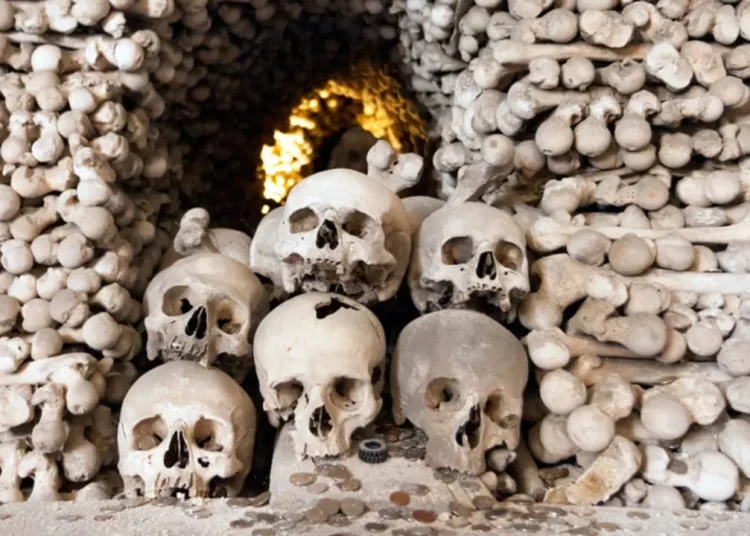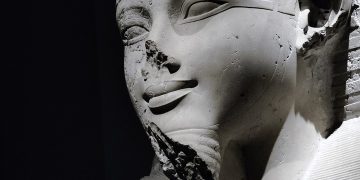Revolution in Art: Exploring the Dynamic Evolution of Artistic Movements
Art has always been a reflection of society, culture, and human emotions. Throughout history, artists have pushed boundaries, challenged norms, and revolutionized the way we perceive the world around us. The evolution of artistic movements has been a testament to the ever-changing nature of creativity and innovation. From the Renaissance to the modern era, art has undergone numerous revolutions that have shaped the way we view and appreciate artistic expression.
The Renaissance: A Rebirth of Artistic Excellence
The Renaissance was a period of profound cultural and artistic change that spanned from the 14th to the 17th century in Europe. It was a time of great innovation, where artists such as Leonardo da Vinci, Michelangelo, and Raphael transformed the way art was created and perceived. The Renaissance marked a shift from the religious focus of the Middle Ages to a more humanistic approach, where artists explored the beauty and complexity of the natural world.
The Baroque Era: Embracing Drama and Emotion
The Baroque era followed the Renaissance and was characterized by a focus on drama, emotion, and grandeur. Artists such as Caravaggio, Rembrandt, and Bernini utilized bold colors, dynamic compositions, and dramatic lighting to create works that evoked powerful emotional responses. The Baroque era was a time of intense creativity and experimentation, where artists pushed boundaries and challenged traditional artistic conventions.
Impressionism: Capturing the Essence of the Moment
Impressionism emerged in the 19th century as a reaction against the strict rules of academic art. Artists such as Claude Monet, Edgar Degas, and Pierre-Auguste Renoir sought to capture the essence of a moment through the use of loose brushstrokes, vibrant colors, and the play of light and shadow. Impressionism revolutionized the way we perceive art, moving away from realistic depictions to more subjective and emotional interpretations.
Cubism: Breaking Down Reality
Cubism, pioneered by artists such as Pablo Picasso and Georges Braque, was a revolutionary artistic movement that sought to break down reality into geometric shapes and abstract forms. Cubist artists rejected traditional perspectives and instead presented multiple viewpoints within a single composition. Cubism challenged the way we perceive space, time, and form, pushing the boundaries of artistic expression and paving the way for future artistic movements.
Surrealism: Unleashing the Power of the Unconscious Mind
Surrealism emerged in the early 20th century as a response to the chaos and uncertainty of the modern world. Artists such as Salvador Dali, Rene Magritte, and Max Ernst sought to tap into the power of the unconscious mind through dreamlike imagery, bizarre juxtapositions, and irrational compositions. Surrealism challenged conventional notions of reality and rationality, inviting viewers to explore the depths of their own subconscious minds.
Abstract Expressionism: Embracing Spontaneity and Emotion
Abstract Expressionism emerged in the mid-20th century as a response to the trauma and upheaval of World War II. Artists such as Jackson Pollock, Willem de Kooning, and Mark Rothko embraced spontaneity, gesture, and emotion in their work, creating large-scale canvases that expressed the inner turmoil and chaos of the modern world. Abstract Expressionism revolutionized the way we perceive art, moving away from representational forms to more abstract and emotional expressions.
Pop Art: Embracing Popular Culture
Pop Art emerged in the 1950s and 1960s as a response to the consumerism and mass media of the post-war era. Artists such as Andy Warhol, Roy Lichtenstein, and Claes Oldenburg embraced popular culture, advertising, and everyday objects in their work, blurring the lines between high and low art. Pop Art challenged traditional notions of artistic value and authenticity, celebrating the ordinary and the mundane in a bold and colorful way.
Postmodernism: Deconstructing and Reassembling Reality
Postmodernism emerged in the late 20th century as a response to the fragmentation and diversity of contemporary society. Artists such as Cindy Sherman, Jeff Koons, and Damien Hirst sought to deconstruct and reassemble reality through the use of appropriation, pastiche, and irony. Postmodernism challenged traditional notions of authorship, originality, and authenticity, blurring the boundaries between art and everyday life.
Conclusion: The Ever-Evolving Nature of Art
The evolution of artistic movements is a testament to the dynamic and ever-changing nature of creativity and innovation. From the Renaissance to postmodernism, artists have pushed boundaries, challenged norms, and revolutionized the way we perceive the world around us. Each artistic movement has its own unique characteristics and influences, reflecting the cultural, social, and political context of its time. As we continue to explore the dynamic evolution of art, we can gain a deeper understanding of ourselves and the world we inhabit.
Art has the power to inspire, provoke, and challenge us, inviting us to see the world in new and unexpected ways. By embracing the diversity and complexity of artistic movements, we can enrich our lives and expand our horizons. The revolution in art is an ongoing process, constantly evolving and adapting to the changing needs and desires of society. As we look to the future, we can be inspired by the past and the present, knowing that art will continue to shape and define our world for generations to come.












